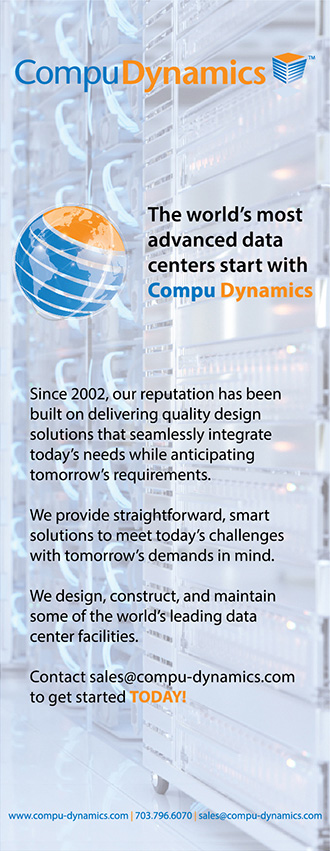This article is the second article in a four-part series, “Interconnection Insights.” Part 1 (“Virtualizing Interconnection to Cut Capital Expenditure and Speed Up Time to Cloud”) appeared in Issue 11. Part 3 (on the topic of virtual routers) will appear in Issue 13.
What if I told you that you could have total control of the network connection between data centers on a campus? Capacity on demand. Maximum security. Complete flexibility.
Then, what if you could extend that connectivity to data centers around the nation and access direct connections to cloud resources as well as new markets through those data centers without physically colocating there?
High flexibility and extended reach happen through inter-site and inter-market connectivity. Inter-site connectivity enables IT infrastructure to execute as though it’s all in one facility, even though two or more data centers (which form a data center campus) are included in the deployment. Inter-market connectivity happens when the data center provider can enable private network data communications and application access between facilities across multiple markets.
Inter-site connectivity business advantages include predictable operational costs, rapid, dynamic scalability, and the freedom to run any services you want over “your” network. Furthermore, both inter-site and inter-market interconnection translates to increased revenue because the enterprise can interoperate with an ecosystem of partners and grow business within a region and across select markets.

To explain how all this works, I’ll start by looking into the differences between lit fiber and dark fiber, which are key to understanding how different degrees of flexibility and scalability are achieved. Next, I’ll delve into expanding your IT infrastructure into multiple markets and accessing cloud services in the regions that are important to your business. If you are interested, you can learn more about Layer 2 and Layer 3 connectivity in the first article in this series: “Virtualization Interconnection to Cut Capital Expenditure and Speed Up Time to Cloud.”
ABOUT THE AUTHOR
Chris Malayter is Vice President of Network and Interconnection at CoreSite. He is responsible for leading network operations strategy and design as well as capacity management for CoreSite’s data center portfolio and software-defined network, the Open Cloud Exchange®. Chris has more than 20 years of network engineering experience and has held positions of increasing management responsibility at companies including Equinix and TDS Telecom. He has served as a board member of the Open-IX Association and is currently Chair of the PeeringDB Board of Directors.



